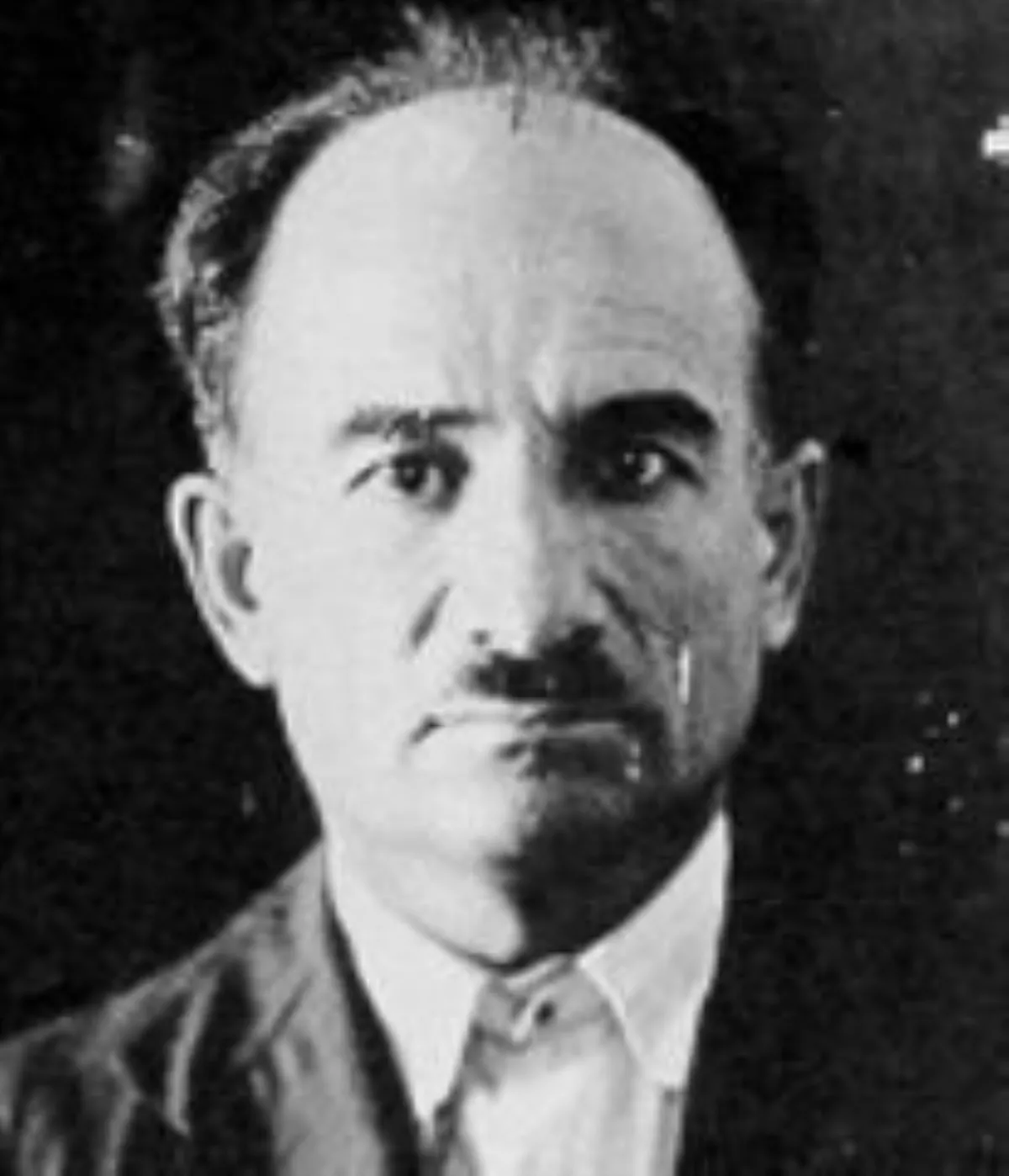 1.
1. Mario Buda was an Italian anarchist who was active among the militant American Galleanists in the late 1910s and best known for being the likely perpetrator of the 1920 Wall Street bombing, which killed 40 people and injured hundreds.

 1.
1. Mario Buda was an Italian anarchist who was active among the militant American Galleanists in the late 1910s and best known for being the likely perpetrator of the 1920 Wall Street bombing, which killed 40 people and injured hundreds.
Mario Buda emigrated from Italy's Romagna region, a cultural connection that would recur throughout his life.
Mario Buda traveled with a Galleanist group to Mexico for several months in 1917 to prepare for European revolution that never arrived.
Mario Buda was likely involved with if not responsible for a 1917 Milwaukee police station bomb, a 1918 dynamite plot, and a 1919 mail bomb campaign.
Mario Buda's car was the link in the Boston robbery investigation that led to the arrest of Sacco and Vanzetti, a landmark American trial.
Mario Buda returned to anarchist activism after World War II and continued to deny his involvement in the American bombings.
Mario Buda was born October 13,1883, to Federico and Clarice Bertozzi in Savignano sul Rubicone, Italy.
Mario Buda's father was either a footwear merchant or a gardener.
Mario Buda was sentenced to ten months of prison for theft as a teenager.
Mario Buda worked itinerant jobs in the Boston area, for example, in construction, building, and gardening.
In search of higher wages, Mario Buda went west to Colorado but could only find work upon returning east to Washington, Illinois, and Wisconsin.
Mario Buda settled in Boston's Roxbury neighborhood, a home to Romagna Italians like himself and Galleanists, acolytes of anarchist Luigi Galleani.
Mario Buda commuted to a Framingham hat factory and used his earnings to bring his younger brother Carlo to Boston.
Outside of work, Mario Buda was an intransigent anarchist active among the Galleanists and a proponent of direct action.
Mario Buda worked on an anarchist Ferrer School with Roxbury's Circolo Educativo Mazziniano.
Mario Buda came to meet Sacco and Vanzetti at separate 1913 and 1916 strikes.
Mario Buda was arrested following a Boston antiwar demonstration in September 1916.
Mario Buda traveled to Mexico in 1917 to prepare for an anticipated European revolution with other militants, such as Sacco and Vanzetti.
In letters, Mario Buda expressed his readiness to fight political repression and "plant the poof".
Mario Buda retreated to Iron River, Michigan, where he worked under the assumed name "Mike Boda" both on the railroad and in selling bootleg whiskey.
Mario Buda was not caught in 1918 deportations, having been off the Cronaca Sovversiva mailing list.
The prosecution believed Mario Buda to be the gangleader behind two robberies in Bridgewater and South Braintree.
Mario Buda had been sharing Buda's rented West Bridgewater house.
Mario Buda eluded their next visit and moved out before they returned again.
Mario Buda traveled to the garage with Ricardo Orciani by motorcycle, meeting Sacco and Vanzetti there.
Mario Buda hid with an Italian family in Boston for three months.
Mario Buda continued to elude police detection and follow the case's news from afar.
Mario Buda prepared his next retaliatory steps in Boston and traveled to New York, where he loaded a horse-drawn wagon with a timed dynamite bomb filled with cast iron slugs.
Mario Buda parked the wagon at the corner of Wall Street and Broad Street, the symbolic heart of American capitalism.
Some time after the Wall Street bombing, Mario Buda returned to Providence, Rhode Island, where he acquired a passport from the Italian consulate.
Mario Buda was excited to arrive in Italy's biennio rosso, a two-year period of radical labor and unrest near its end in late 1920.
Mario Buda started an anarchist group, organized lectures and leaflets, and spoke in praise of Sacco and Vanzetti.
Mario Buda rekindled contact with friends domestic and abroad, including Galleani, who had been deported some months prior.
Mario Buda began a shoe company, which he continued to run alone when his partner and other comrades left Italy.
Mario Buda was charged with killing the Savignano Carabinieri commander in March 1921, following a demonstration, but was acquitted for lack of evidence.
The police believed he manipulated evidence, and in November 1927, Mario Buda was sent to serve five years on Lipari, an island colony for political prisoners off the coast of Sicily.
Mario Buda said he never saw or had any involvement with bombs.
Mario Buda was later transferred to Ponza island in mid-1929 and released to Savignano in November 1932.
Mario Buda became an informant for the OVRA, the Italian Fascist secret police, infiltrating their political opponents.
Mario Buda stayed for four months and stopped in Geneva en route.
Later that year, a Parisian Communist publication accused Mario Buda of being an agent provocateur based on suspicious proposals he made at an anarchist meeting and claims he had made in Cesena of being an Italian Communist Party official.
The Italian Communist Party accused Mario Buda of being a mole.
Between 1937 and 1939, Mario Buda helped foil a plot against Italian dictator Benito Mussolini by the Trieste anarchist Umberto Tommasini, whom he likely met in Ponza.
Mario Buda reported on a meeting with Tommasini, signing his name "Romagna".
Mario Buda died in Savignano's hospital on June 1,1963.
Mario Buda told his friend's son that after eluding the police's house visit, he went to Chicago before sailing to Italy.
Mario Buda was small in stature and had the nickname "Nasone" for his big nose.
Historian Paul Avrich wrote that Mario Buda was known to be calm, with a thoughtful manner and stubborn pride and, like the other Galleanisti in Mexico from Italian peasantry, intensely tenacious, loyal, with a tough conviction.